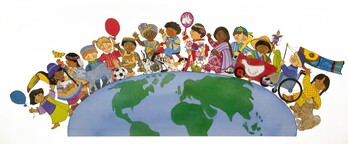 There was a question on Twitter recently that asked what authors thought was the most important thing to think about when world building. The Tweeter listed a few considerations, amongst which was the word “culture”. I Tweeted a reply to point out that culture wasn’t a single thing. It was a number of related things. That exchange of Tweets led to this blog. Loosely termed, culture could be described as “the way things are done around here”. But that does oversimplify things a lot.  To think of culture as a single thing is like thinking of car just in terms of its exterior shape. It may look nice, but without an engine, gearbox, wheels, etc the car is nothing more than a pretty shape that serves no purpose. A working car is a “system” - and so is a culture. My training in cultural issues came while I was working for a living in business and at that time many businesses were struggling to change their cultures from old fashioned, top down, target driven, tightly controlled workplaces to places where the employees had greater input which, in turn, resulted in greater job satisfaction and hence to greater productivity. Such cultural change is not easy to bring about. Managers in those businesses often thought that such a change robbed them of their power and status, so they opposed it. They couldn’t do so openly, but they became experts at undermining change without revealing themselves. So, who would secretly oppose change in your fantasy world – and why? 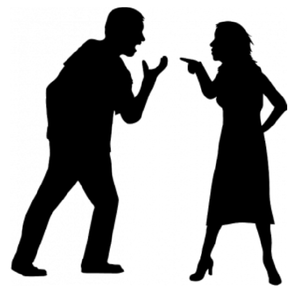 Trades unions also opposed such change, but more openly, because they wanted a workplace that involved conflict as conflict formed their raison d’etre. A happy workplace is one where conflict is rare, so the unions have little part to play, so they don’t wield any power. Finally, the employees themselves feared change, because it brought uncertainty. This was especially true in businesses with a previously bad reputation for employee relations, because there was little or no trust in authority figures. A colleague of mine, with a PhD in organisational change, pointed out that “if you can’t change the people, you have to change the people”. In other words, there may be a few casualties along the way as the people who resist change are quietly shown the door to make room for people with more open minds. But that was business. What has that to do with “world building”? 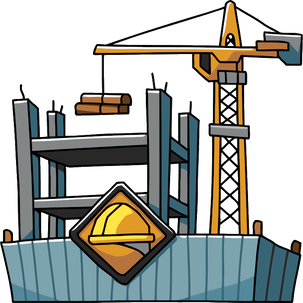 It isn’t just fantasy authors who have to consider culture. All characters in all novels exist within a culture. Some of these are easy for us to relate to, because they are familiar, while others may not be. But if you get the culture right for your story, it will make your character’s conflicts easier to understand. This is especially so if they are taken out of their own, comfortable culture and placed in one where they feel like an alien. Just going to a different town can make some people feel like that, so imagine what it feels like for someone going to a country on the far side of the world - or the far side of the galaxy. Understanding the elements that make up a culture allows the world builder to build something that is believable. The granddaddy of fantasy, Tolkien, got this right (mainly) with his Lord of the Rings trilogy and authors who have modelled themselves on Tolkien’s style tend to get the culture of their worlds right as well. 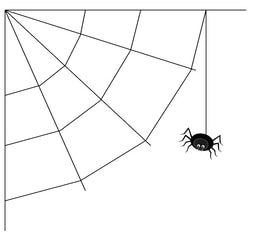 Experts on culture talk about the “cultural web”. These are the interconnected elements that make up the organisation’s culture. If you are worried about my use of the word “organisation” please don’t be. I’m not using it in the business sense. Any society is also an organisation and the world you build is just another society, supported by its own cultural web. The stronger it’s cultural web, the stronger the society that comes out of it. One of the reasons that revolutions fail is that they sweep away an old, outdated culture, but neglect to put the right elements into place to support the culture they want for the future. This leaves a vacuum into which counter revolutionaries can slip to undermine the new regime. Your fantasy world is just another form of country, with its pro and anti-revolutionary elements. If your hero wants to bring down an evil empire, they need something with which to replace it, or the old regime will simply return in a new disguise – just as Sauron was able to return in LOTR. Think about Putin and Russia in 2023, compared to the old USSR which everyone thought had been swept away in 1991. The similarities are many even though it isn’t now a communist state. But it isn’t a democracy either. The leadership and political ideology may have changed, but the underlying culture didn’t. So, what makes up the cultural web? Well, the graphic below lays it out in visual form, but I’ll take you through the various elements. 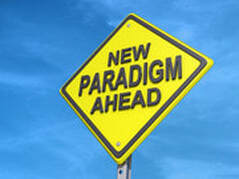 At the centre is the “paradigm”. This is the set of ideas or concepts that make up the world that you are building. Some of these are mutually exclusive. You can’t have a world ruled by a King that is also a Republic, for example. This is where your antagonist becomes very important. Whoever is running the Evil Empire has to have some reason for doing it. They must also have some idea about what they want achieve from what they are doing. This is where LOTR actually fails, for me. I can’t understand what satisfaction Sauron gest from all that power. Just desiring power is too shallow for me. Power needs a purpose, otherwise it is of no use. So, to start your world building you have to construct a paradigm for it. That is all about the ideas and beliefs that underpin whatever its happening. What does “Evil” want to achieve and what does “Good” want to put in the place of Evil. Those things will define how the people live. If it is a tyranny, then you can’t give the people any power when it comes to decision making. On the other hand, if it is a collective, then the people will have plenty of say in what happens. Those are two extremes, of course. 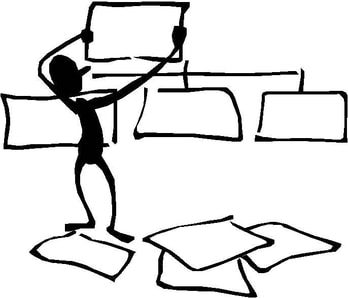 Surrounding the paradigm are the six inter-connected elements that make the paradigm work. Leave out one, or put the wrong things into it, and the paradigm itself won’t stand up to scrutiny. For example, if you have a tyrant that controls the lives of everyone, you can’t also have an independent legal system, because that would be able to say “no, you can’t do that” to the tyrant. Sauron didn’t have a Court of Appeal, for example. Instead he had Ring Wraiths and Nazgul. So, the most important bit of the cultural web, after the paradigm, is the organisational structure that supports it. Traditionally there are three parts: The lawmakers (tyrants, kings, nobility, politicians, etc). Then there are the people responsible for applying the law (Civil servants, administrators, local government, police, Ring Wraiths etc) and finally there is the legal system that sorts out the disputes over what the laws really mean and how fairly they are applied. Even if you have a tyrant running your world, you’ll still have a legal system – it just won’t be a very fair one. For example, the legal system may just be made up of “enforcers” who go around imprisoning, or even executing, anyone who criticises the ruler. 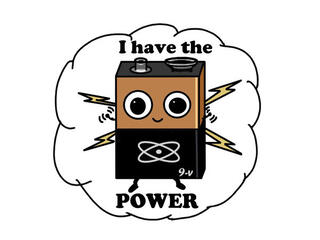 Next up are the power structures. Now, you may think that I’ve already covered those above, but not everyone who wields power is part of the organisational structure. Other people hold power of one sort or another. Businesses, trades unions, religions and more. Who you give power to in your world is quite important as those people can be enemies or allies, whichever you choose them to be. And the amount of power they wield can have a serious impact on your plot. An ally who is powerless isn’t of much use to you and an enemy without a source of power is easy to beat. Your magical figures will fit under this heading, because magic is a source of considerable power. Control systems are a bit abstract in many ways. If you are a King and you make a law, how do you make sure that the people obey that law? There has to be some way to do that. The most obvious example is the police and legal system, but there are other ways of exercising control. Fear is one (don’t stand on a balcony in Russia), wealth is another – either as a reward or a penalty. Control of other resources is a source of power, so it's another way of ensuring compliance.  So, how does your tyrant make sure the people obey? And if you want to depose the tyrant, what control systems must you dismantle or subvert? The whole point about the One Ring was that it was able to control the beings that wore all the other rings. It was even engraved on the inside of it, so everyone knew what it was! And if you dismantle the existing control system, by destroying the One Ring for example, how do you then exercise control afterwards? Or do you let your world descend into anarchy? 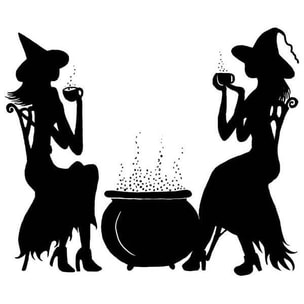 Rituals and routines form an important part in maintaining control over people. Getting people into church (or a mosque or a temple) every week, for example, prevents adherents to the religion from drifting away. The more people you have in your religion, the more power you wield, so you don’t want to lose any. It is also where messages can be sent out and heard. Historically, the pulpit has always been used by governments to send out its messages and to exercise control. I’m sure we can all think of countries where this still happens. But those aren’t the only rituals. Weddings, funerals, christenings, workplace meetings, even getting together once a week for a family meal, to watch TV or go to a football match, all form part of the rituals that identify us as being part of a community. Taking part in a ritual says “I belong here.” They also say “I am conforming, so you don’t have to send me to prison or execute me.” They can be used for good as well as evil. 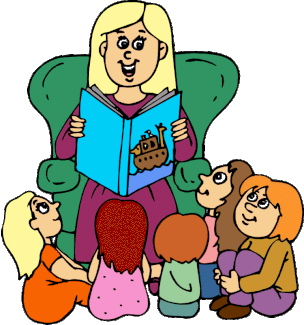 Believe it or not, stories play a very important part in culture. Stories about heroes encourage the sort of behaviour you want to support, while stories about villains tell you what sort of behaviour you want to discourage. It’s why Bible stories are told, it’s why Aesop wrote his fables and it’s the way the media influences public onion on a wide range of issues. (and you thought they just reported the news) But the heroes and villains of these stories will be different in every culture. In a communist country the heroes might be Marx and Lenin. In Britain Robin Hood is a hero, which is no mean achievement for a thief. Marvel and DC comic books are all about telling stories that express American values. Cults create heroes out of ordinary people, often stretching the truth or telling lies to make the person seem more significant than they were. The media often creates heroes – and villains. Sometimes they even start as heroes and then get turned into villains when the media wants to change the narrative. You will be familiar with the old saying that one man’s terrorist is another man’s freedom fighter (Nelson Mandela). And one man’s despot is another man’s saviour of the nation – politics tells us that because we all see politicians as one or the other depending on which side of the fence we are viewing from. It’s the stories that are told about them that make them one or the other. 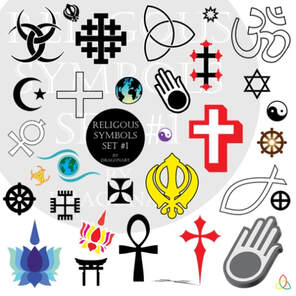 Finally, we have the symbols of our culture. Many of these are physical, such as flags, buildings, coats of arms, etc. We have symbols of wealth that encourage people to strive to achieve. Religions are very big on symbols, as they are with rituals. We salute the symbols we support and we tear down those we despise. But there are also more abstract symbols with which we engage. Symbols may take the form of songs (national anthems are a symbol), the sports we play or watch, etc. The language we use is a symbol, as are phrases such as “motherhood and apple pie” because they are symbolic of cultural values. If you wear any sort of badge (including wrist bands etc) or you wear a tee-shirt with a slogan on it, you are wearing a symbol that declares your allegiance or an ideal you support. The same will apply to your characters. I'm sure that we can all think of symbols that have played a powerful part in events. A swastika will forever be a symbol of hate. So, a lot to think about if you are a world builder who wants to create a world that is believable. I have used mainly real world examples to illustrate what I mean, so if you are a fantasy author you will have to imagine the equivalents for your world. But with a strong culture that your readers can identify, the hero will be able to do things to change the culture for the better and the villains will oppose those changes, which makes for a more satisfying plot. Your hero may spend a lot of time killing dragons, but what do they do with the dragon’s horde once the dragoon is dead? If they keep it for themselves, they are just as bad as the dragon (Thorin Oakenshield in The Hobbit), so they must use it to either support or change the paradigm you created for their world. If you have enjoyed this blog, or found it informative, then make sure you don’t miss future editions. Just click on the button below to sign up for our newsletter. We’ll even send you a free ebook for doing so.
0 Comments
Leave a Reply. |
AuthorThis blog is compiled and curated by the Selfishgenie publishing team. Archives
June 2025
|
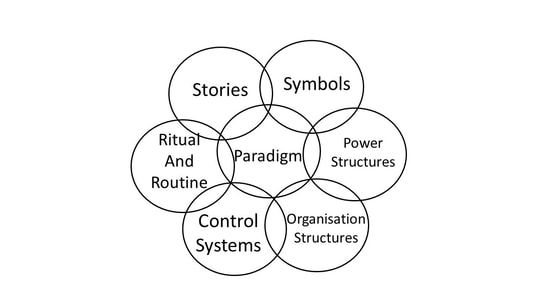
 RSS Feed
RSS Feed